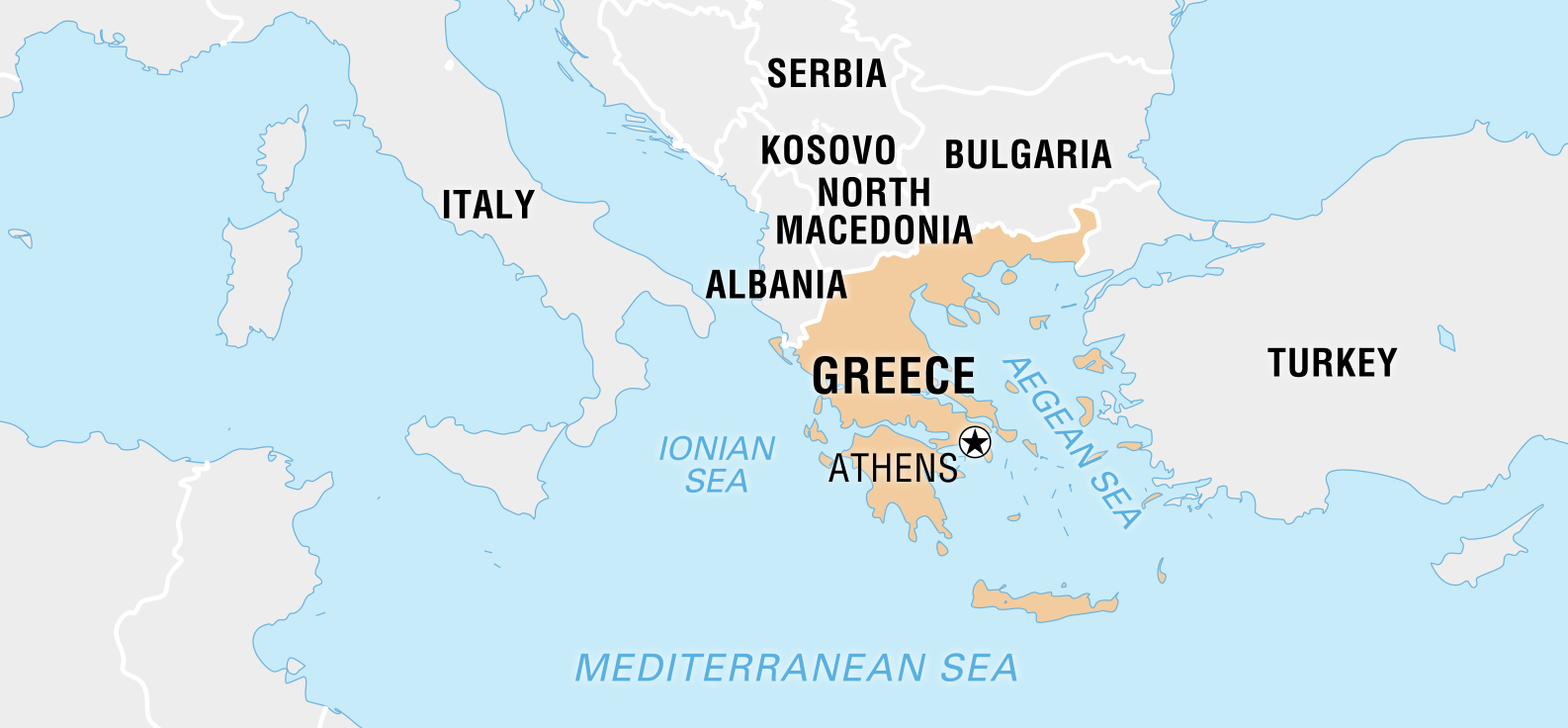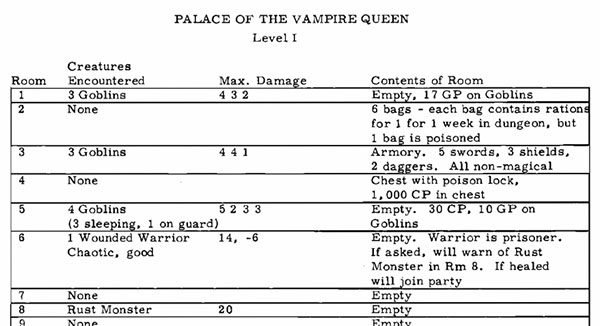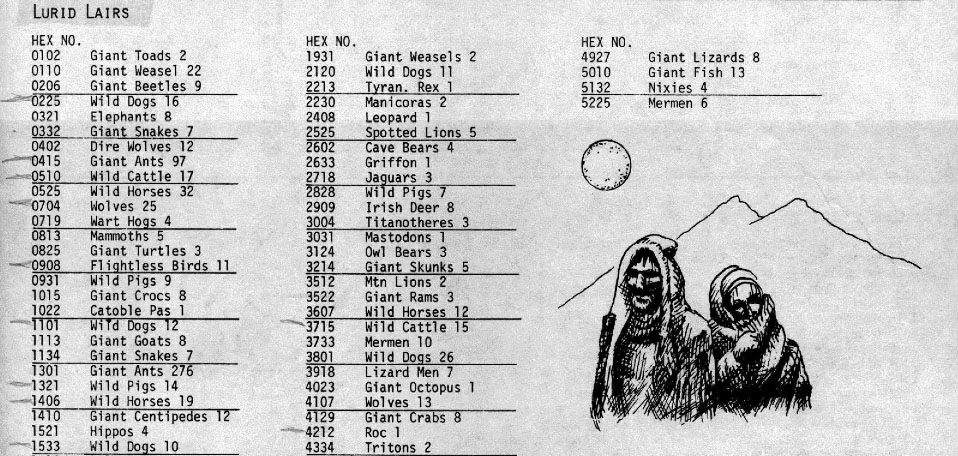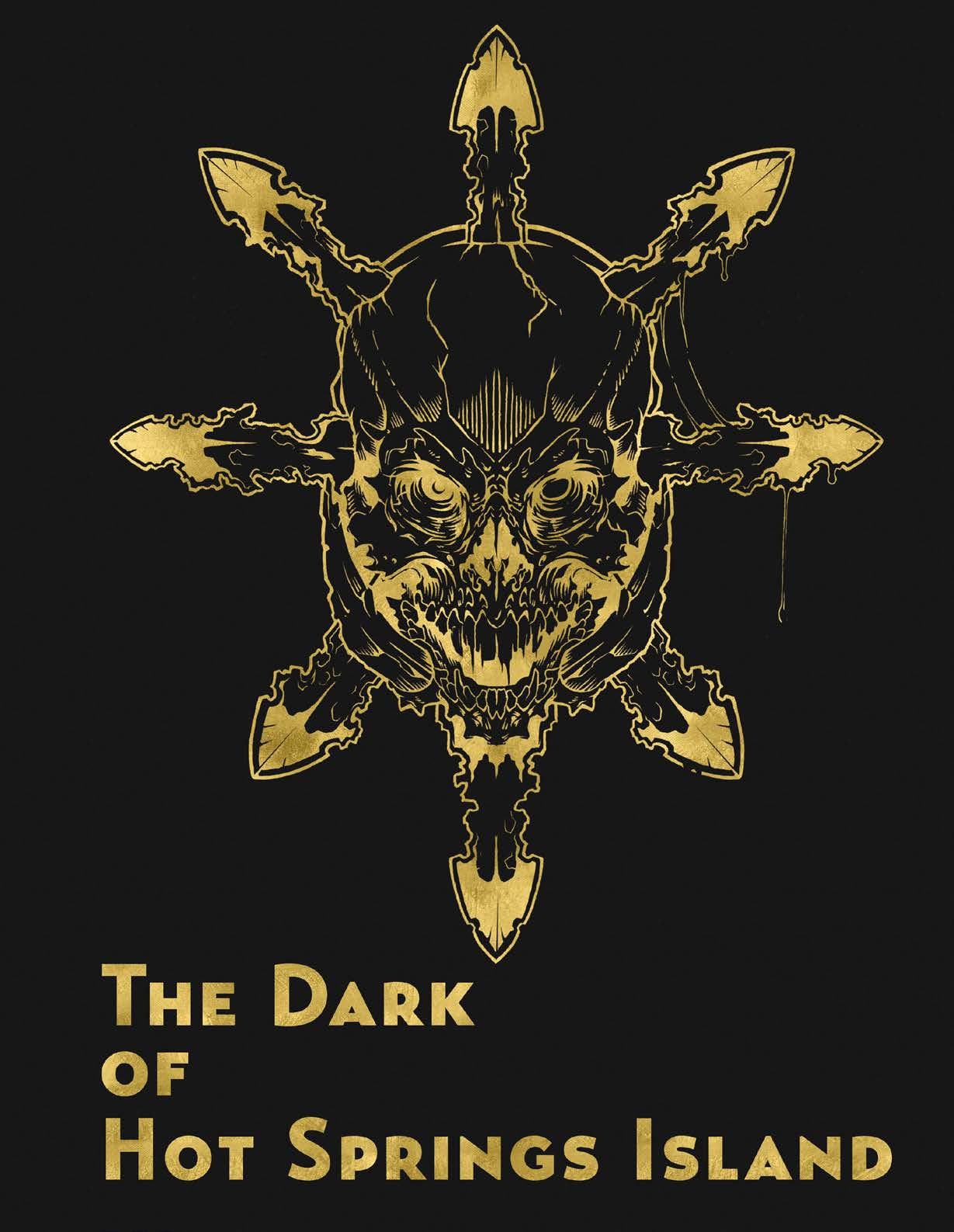Here’s a convenient fiction that’s often perceived as reality: That countries as they exist today are immutable truths.
We talk of the “history of France,” for example, as if the borders of France have not been in constant upheaval since… well, forever.
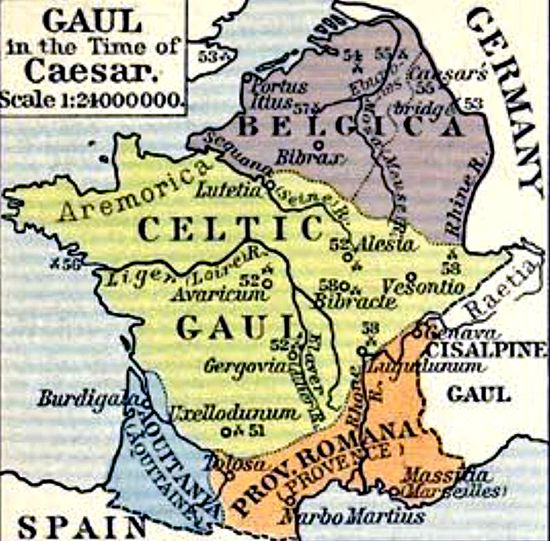
Whether we’re browsing the table of contents in a world history textbook, reading Wikipedia articles, or running our finger along a shelf full of history books, we see this all the time. I just got done reading the Cambridge History of Russia, for example.
We accept this fiction as truth not only because it’s historically convenient, but also because it’s politically expedient: It’s much easier to maintain power if you create the illusion that your power is a fundamental facet of reality.
Look at China, for example, which claims an unbroken legacy of civilization dating back to the 21st century BCE despite any casual inspection of their history revealing that this is nonsense. (Even if you ignore the fact that the current Communist government only dates back to the middle of last century, you can also check out the Five Dynasties and Ten Kingdoms period as just one example from the “History of China” in which the entire region of the “oldest country in the world” was a hodgepodge of a dozen or more polities.)
Now, in the context of RPG worldbuilding (because that’s the sort of thing we talk about around here), this can be useful to keep in mind in a couple of ways.
HISTORICAL. Use the “national illusion” when writing the history of your campaign world. How disparate nations are forged together or broken apart can be a vibrant part of that history, with repercussions that directly affect the world as the characters know it.
This rich depth can be too easily overlooked with grandiloquent statements like, “And then the nation of Such-and-So was born.”
But don’t forget the converse reality of this: National identity persists. Rome didn’t die its final death until it was in several different pieces and no longer anywhere in the vicinity of Rome.
IMMEDIATE. The conception and identity of nations isn’t just a matter of historical convenience. They shape and are used to shape the political struggles of today.
Look, for example, at Ukraine: In one narrative it is an independent nation with its own history. In another, it’s part of Russia and has been for 1,200 years. In fact, it’s such a part of Russia that the story of Russian history typically begins in Kiev.
That ideological struggle for the identity of a nation creates a vibrant cesspool of conflict and, therefore, story.
All kinds of stories: Patriotism. War. Intrigue. Scandal.
EXAMPLE: ANCIENT GREECE
Consider Ancient Greece. When thinking of Greek myth, art, philosophy, or theater, I often think of Greece as being… well, modern Greece.
My conception of “Greece” as a thing which exists is strongly wedded to its modern incarnation and how I have encountered it countless times on maps, in news stories, and so forth. But consider this:
Aristotle described the constitutional history of 158 Greek city-states, but there were a thousand more. Each contributed in commerce, industry, and thought to what we mean by Greece.
Will Durant, The Story of Civilization, Vol. 2: The Life of Greece
This much grander conception of Greece as 158 city-states cuts both ways.
First, it reminds us that Greek civilization was vast. They founded the cites of Nice and Marseilles, for example, and Sicily was a major seat of Greek culture. Look at the truly old nations and civilizations of your game world and think about where they’ve been in the past. (There’s virtually no nation on the planet today, for example, which did not at one time claim sovereignty over territory which it no longer possesses.)
Nations contract. In my D&D campaign world, for example, the borders of the Seyrunian Empire have been slowly retreating for a couple of centuries: An orcish horde overran their eastern lands. The Elven War drove them out of their colonies in the Borderlands. After another war they were forced to split control of Corinthia and the Southern Pass with the kingdoms of Barund and Arathia.
Second, it reminds us that “Ancient Greece” wasn’t monolithic. Quite the opposite, in fact. The entirety of Greek history was filled with fractious conflict and division between its many parts. What we now perceive as “Greece” would, at many points in its history, been perceived as a much more complicated (and interesting!) morass of competing polities.
Any number of histories of the Hundred Years War between France and England get tripped up on this, for example, because their authors see “France” as an immutable entity. The history begins to make a lot more sense when you realize that the Carolingian empire had been falling apart for centuries and what you really had was an incredibly complicated struggle of both war and inheritance law between the kingdoms of England, West Francia, Burgundy, and Aquitaine as they all sought a post-Carolingian identity.
Nations are complex entities. Think of them as such: Look at how they amalgamated disjointed polities. Look at the cultural and racial divisions that are papered over by central rule and/or national identity. Think about which languages are spoken and where. Think about economic boundaries.
These fault lines are often hidden by the “national illusion,” but they tend to be an ever-present rumble throughout history and break out into full-fledged earthquakes at the most unexpected times.
FLIP IT AROUND: THE ETERNITY OF GREECE
The easy lesson to take away here is that nations are complex entities made up of a lot of different parts and the existence of the nation as a unified reality is an illusion that we should ignore.
But you can just as easily take this in the other direction. For example, I wrote:
Look at China, for example, which claims an unbroken legacy of civilization dating back to the 21st century BCE despite any casual inspection of their history revealing that this is nonsense.
But is it nonsense? Or is it only nonsense if we view it the way we typically view European history?
What if we flip this around and interpret European history using the same memetic constructs that we use when interpreting Chinese history?
Here’s how that might look:
Greek civilization can be traced back to Mycenae in the 16th century BCE. It rapidly expanded until invasions by the Sea People along with economic and environmental factors caused power to become decentralized during the so-called Homeric Age from the 12th to 8th century BCE.
As a new Athenian hegemony began to emerge, Greece expanded into the Magna Graecia (southern Italy and Sicily), Asia Minor, and Iberia. This brought them into conflict with the Persians in the east and the Carthaginians in the west. The Greeks won major victories against both, however, in a series of wars.
Power slowly began to drift west into Italy as the local barbarians adopted Greek custom, mythology, and culture. Rome, one of the city-states of Magna Graecia, grew increasingly powerful. It was actually Roman armies that won the definitive Greek victory against Carthage.
Following the Battle of Corinth in 146 BC, the first era of fractious, shared rule by multiple Greek city-states was brought definitively to an end and a new capital was established in Rome.
By the 4th century AD, democracy had become imperial rule. The emperor Constantine the Great converted Greek’s official religion from the Olympian gods to the monotheism of Christianity (which remains the dominant religion throughout Greece today).
The Roman era of Greek history continued until the 5th century AD when centuries of territorial loss culminated in the capital being moved back east to Byzantium (which had originally been founded in the 6th century BCE by Megaran Greeks).
We then enter an era commonly referred to as the Four Kingdoms, although some argue for Three or Six Kingdoms. During this period of political disunity, Greece was in all respects a multi-state system split between Byzantium (renamed Constantinople), the Carolingian dynasty, the Germanic dynasty, and the Kievan dynasty.
Arguments can be made for including Britain and Spain in the list of Greek kingdoms. Britain’s long claims to the Frankish dynasty along with the significant influence of Frankish dynasty culture certainly argue for its inclusion, as do Spain’s close ties to the shared state religion of Christianity.
Whether Greece was Three, Four, or Six Kingdoms during this period, however, they frequently formed military alliances against the Persians while simultaneously fighting fractious wars against each other. World War I and World War II, of course, are most logically seen as the modern incarnation of the Peloponnesian Wars which have always been part of Greek history.
Following World War II, the era of Four Kingdoms came to an end and a new union once again unified most of Greek civilization. (This is why discussion of whether the Kievan dynasty “counts” or not is seen as politically divisive. Many Greeks maintain a One Greek policy and insist that only those within the union are Greek.)
The Greeks, of course, have never referred to themselves as such. (The name comes from the Greki, a minor tribe that colonized Italy in the 8th century BC.) Today, they actually use the Greek word “Europe” for their polity. Weird to think about, right?
When I’ve brought this up in the past, some people have misinterpreted this as some sort of alternate history. Not at all: This is exactly history as it occurred in the real world, just interpreted using a different memetic lens. If you can draw a line of identity from the Shang Dynasty to the People’s Republic of China, you can use the same perception of history to draw a line of identity from Mycenae to the European Union.
This, too, is a useful exercise when it comes to worldbuilding. This view of history makes it easy for you to lay out the history of your world in broad strokes and establish major lines of cultural influence.
For example, imagine that you’ve created a fictional world and laid out the history of one of its major civilizations as per the above. You want to add a couple new continents and you decide that the modern nations are primarily descended from colonies established by the Greeks (probably during the Four Kingdoms period so that you can get a bunch of colonial conflicts between the kingdoms). You don’t need to work out all the details of that, though, to know that, for example, the government buildings in North America often feature Greco-Roman architecture.
Robert E. Howard’s “The Hyborian Age” takes a similar approach, summarizing the history of Conan’s world in broad strokes as cultures sweep back and forth across the world in fiery competition with one another.
At any point in this history, of course, you can drill down into the details and find not just “the Greeks”, but all the complexity of the 158 city-states (and beyond).

